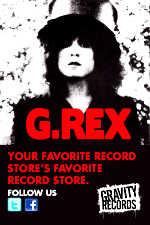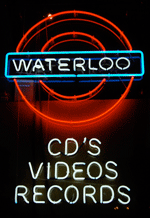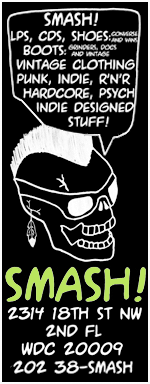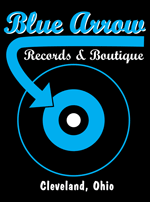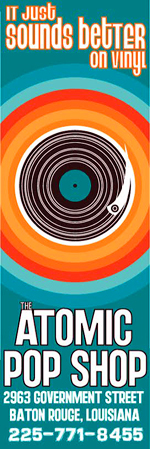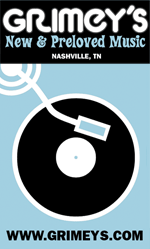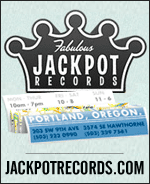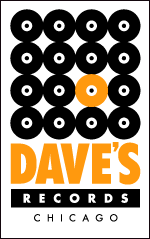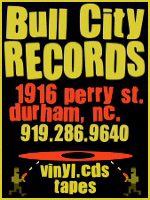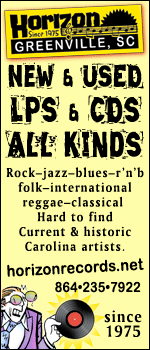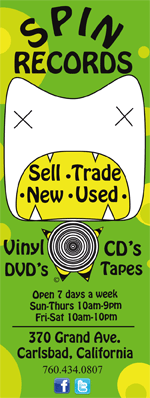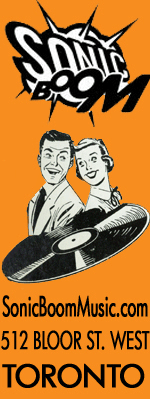
Deadheads are like every other kind of head; they have their drug of choice and they like it. Just don’t try to tell ‘em–and I’m talking about your really hardcore Deadheads here–that the quality of their drug of choice varies. When it comes to Dead albums, they can’t tell their skunk weed from their Alaskan Thunder Fuck.
Take 1977’s Terrapin Station. I listen to it and I just can’t wrap my head around the fact that there are people out there who think it’s a great album. It’s not. It’s skunk weed. I could listen to it all day–although I’d sooner have knitting needles driven into my ears–and not catch a buzz. I try–I try–to weigh it against an album like American Beauty or Workingman’s Dead and I want to weep. The Dead goes disco! The Dead digs up the already dead “Dancin’ in the Streets” only to kill it again! The Dead lets Donna Godchaux sing and the whole world gags! The Dead bequeathes us the seven-part, sixteen-plus minutes of “Terrapin Part I,” complete with the “orchestral stylings” of The Martyn Ford Orchestra and The English Choral as arranged by Paul Bloody Buckmaster, and all I can think is, Fuck me, there’s a Part II?
The Village Voice’s Robert Christgau–one of the Dead’s least deluded hardcore fans–inexplicably gave Terrapin Station a B, and even more inexplicably called it the Grateful Dead’s best studio album since American Beauty. All I can think is he must have caught a buzz off the Martyn Ford Orchestra and wrote his review while stoned. Me, I listen to “Terrapin Part I” and ask myself, “Where the hell are the good songs? And since when does the Grateful Dead need a fucking orchestra to get its point across? Are these the same guys who charmed us with exquisite harmonies and stripped-to-the-bone Americana of American Beauty and Workingman’s Dead?”
Let’s get down to brass tacks here. Donna Godchaux’s star turn on “Sunrise” is awful beyond words–the worst song the Grateful Dead ever recorded with the possible exception of the horn driven, disco-friendly “Dancin’ in the Streets,” which has the remarkable distinction of being worse than the version of “Dancin’ in the Streets” recorded by David Bowie and Mick Jagger in what can only be called a case of shared psychotic disorder. The French term for the latter is folie à deux; what we have in the case of the Dead is a folie en famille. It doesn’t matter much; the outcome is the same in both cases.
“Sunrise” and “Dancin’ in the Streets” are the undisputed duds. But the real problem with Terrapin Station isn’t its duds; the real problem with Terrapin Station is it has no winners. There isn’t a single song on Terrapin Station that can compete with even the worst songs on their albums from the early seventies. “Estimated Prophet,” which Christgau singled out for praise, plods along in septuple time; you could call it funky I suppose, but this is aberrant white folks’ funk at its most irritating. Is it the best song on Terrapin Station? Could be. But what more damning thing can be said about Terrapin Station? It’s important to note that Terrapin Station was recorded in a slick, sterile studio in slick, sterile El Lay at the behest of Arista head honcho Clive Davis, and El Lay studio hack extraordinaire Tom Scott’s turn on lyricon on “Estimated Prophet” is as slick and sterile as only El Lay product can be.
“Passenger” is every bit as slick as Tom Scott; Bob Weir and Donna Godchaux’s vocals are blended into a puree, the sound is homogenized, and what saves it (barely) is the fact that it actually does something, namely “rock out” in a way one does not associate with the Grateful Dead. But what saves it is also its damnation, for the sad fact is that “Passenger” doesn’t even sound like the Dead. Is that Jerry Garcia generating that nifty but rather generic guitar riff, or did they bring in another LA studio hack to produce it? The reworked traditional “Samson and Delilah” at least sounds like the Grateful Dead, and features Weir at his most soulful, which is just another way of saying he sounds very, very caucasian. And it has spunk, right down to Garcia’s perky–and nice–guitar solo. Phil Lesh and the drumming duo of Mickey Hart and Bill Kreutzmann do a good job of pushing the thing along and touching it up at the same time, but I can’t get around one simple fact–when push comes to shove, I don’t much like the damn song.
The Dead would later say they did not like what Keith Olsen and Paul Buckmaster did to “Terrapin Part I.” Garcia called the results “the Grateful Dead in a dress.” Phil Lesh, in what can only be called a whopping understatement, called it “a classic case of gilding the lily.” But they did not object to orchestra and choral singers so much as to what Olsen and Buckmaster did with orchestra and choral singers, which brings me back to my previous point: to wit, what made them think that adding a goddamn orchestra and choral singers was a good idea in the first place? The early Grateful Dead did not need an orchestra because they were creating some of the best improvisatory rock music ever committed to vinyl. And the Grateful Dead of 1970 did not need an orchestra because they were producing deceptively simple and utterly divine American music–some of the very best music coming out of America at the time. By 1977, it seems obvious to me, they were reduced to clutching at straws and settling for gimmicks. Keith Olsen and Paul Buckmaster may have failed them, but orchestra and choral singers were not forced down the Grateful Dead’s throat. They were invited.
The same thing goes for the slick studio production that totally denudes the Grateful Dead of their much vaunted spontaneity and “organic” sound. The orchestral trappings and soaring choral singers give “Terrapin Part I” a pompous, bombastic, Anglo-prog-rock feel, and while it’s hard not to be caught up in the occasional orchestral upswell, it’s impossible to forget that this is the same band that gave us “Cumberland Blues” and “New Speedway Boogie.” The strings race along with the drums! In comes some calypso! Keith Godchaux does unspeakable things on “keybs”! The Dead goes Pink Floyd, then makes a hard right and goes the English folk rock route, then goes Pink Floyd again! A choir of thousands sings “Terrapin!” to the accompaniment of some very fey, King Arthur’s court woodwinds! Clive Davis reportedly wanted a “more commercial” album from the Dead. I can hardly believe he thought the results commercial, unless he was immersing himself in the Strawbs and Wish You Were Here at the time.
I would say more about “Terrapin Part I” but the truth is I invariably lose interest about six minutes into the thing. More than any other band this side of the Allman Brothers, the Dead were capable of stretching ‘em out without losing you along the way, but on their live stem-winders the joy resided in listening to Jerry produce that wild mountain stream guitar sound of his, and said wild mountain stream is nowhere to be heard on this baby. It’s too mannered, too prissy, too formal in its construction. The song doesn’t meander in interesting directions; it marches, and the Dead were always too free-spirited to do the lockstep, especially under the immense weight of orchestra and trained classical singers. “Terrapin Part I” is a sixteen-plus minute clusterfuck, a veritable Alamo of a song that leaves no survivors.
In the wake of Terrapin Station, one would have hoped the Dead would have sat down, done some serious soul-searching, and returned to basics. Maybe written some good songs, dispensed with the studio and all its dubious magic, handed the benighted Godchauxs their walking papers, and recorded something simple and stripped down along the lines of Workingman’s Dead. Instead they turned to Lowell George–who was every bit as lost as the Dead were–as producer and turned in the god-awful Shakedown Street.
Terrapin Station is an album by a band that has run out of original ideas and hasn’t the slightest idea where to look for new ones. Top notch originals were a thing of the past. They didn’t have any more great songs in them, as is clearly evident from the fact that they were letting Donna Godchaux write songs to begin with. Is Terrapin Station the Grateful Dead’s worst album? I think it is. I look at that turtle dancing on the album’s cover and I wonder what he has to dance about. Not “Dancin’ in the Streets,” that’s for damn sure. Maybe the other turtle, the one with the banjo, is playing “Cumberland Blues.”
GRADED ON A CURVE:
D















